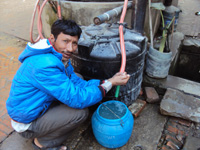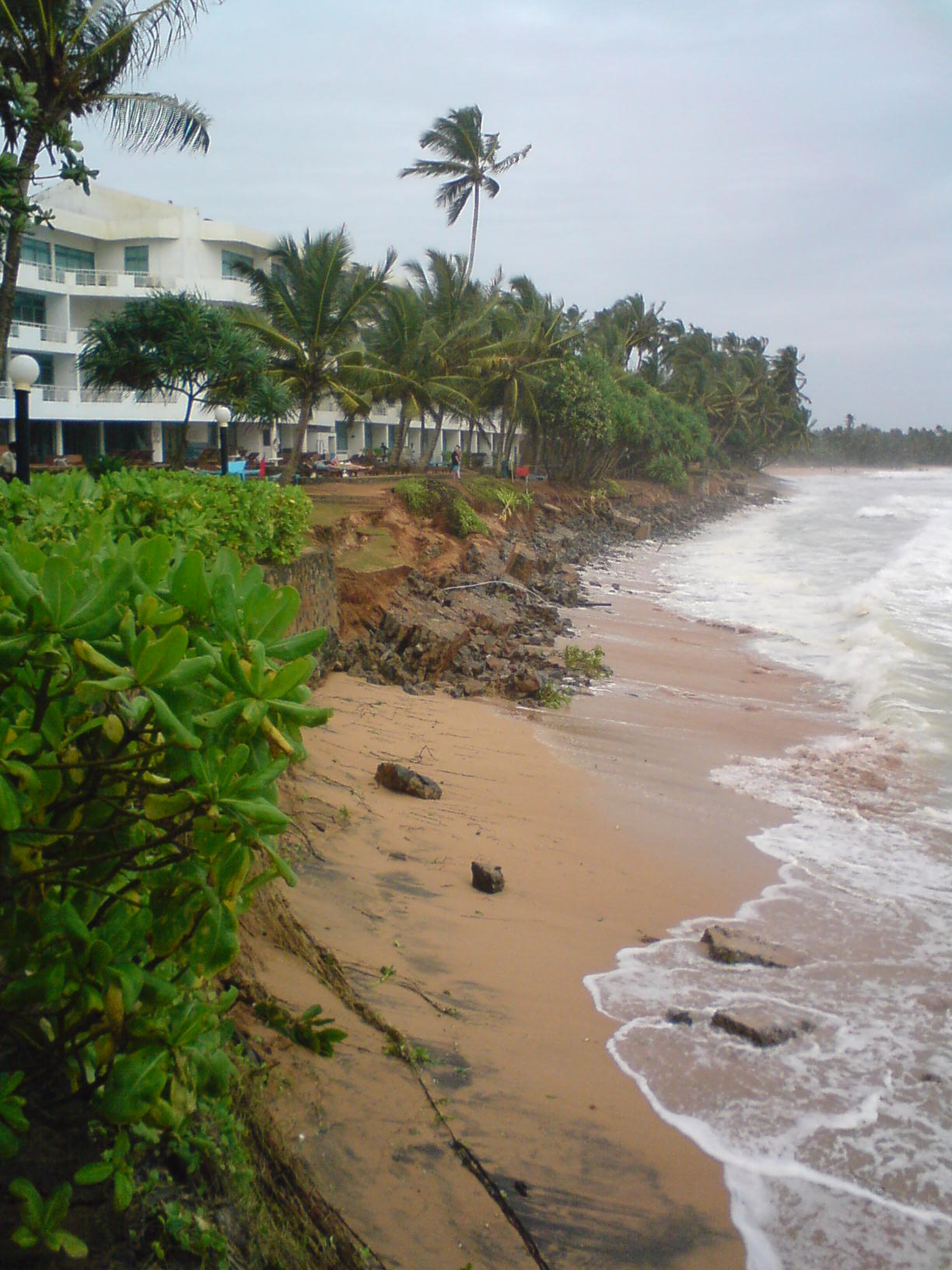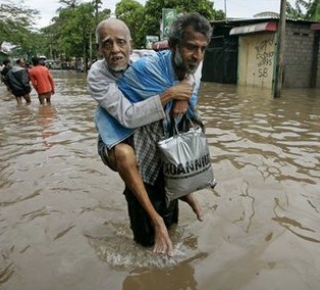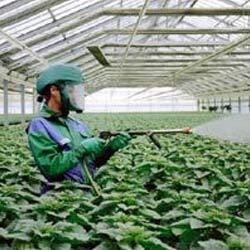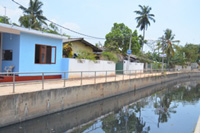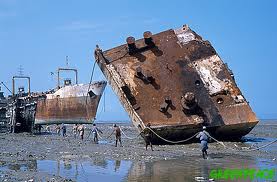
<p><span style="font-size:14px;"><strong>Ship breaking</strong></span></p>
<p><object height="398" width="530"><param name="flashvars" value="offsite=true&lang=en-us&page_show_url=%2Fsearch%2Fshow%2F%3Fq%3Dship%2Bbreaking%26w%3D40105063%2540N03&page_show_back_url=%2Fsearch%2F%3Fq%3Dship%2Bbreaking%26w%3D40105063%2540N03&method=flickr.photos.search&api_params_str=&api_text=ship+breaking&api_tag_mode=bool&api_user_id=40105063%40N03&api_safe_search=3&api_content_type=7&api_media=all&api_sort=relevance&jump_to=&start_index=0" /><param name="movie" value="http://www.flickr.com/apps/slideshow/show.swf?v=109615" /><param name="allowFullScreen" value="true" /><embed allowfullscreen="true" flashvars="offsite=true&lang=en-us&page_show_url=%2Fsearch%2Fshow%2F%3Fq%3Dship%2Bbreaking%26w%3D40105063%2540N03&page_show_back_url=%2Fsearch%2F%3Fq%3Dship%2Bbreaking%26w%3D40105063%2540N03&method=flickr.photos.search&api_params_str=&api_text=ship+breaking&api_tag_mode=bool&api_user_id=40105063%40N03&api_safe_search=3&api_content_type=7&api_media=all&api_sort=relevance&jump_to=&start_index=0" height="398" src="http://www.flickr.com/apps/slideshow/show.swf?v=109615" type="application/x-shockwave-flash" width="530"></embed></object></p>
<p>Until the 1960s, ship breaking was considered a highly mechanized operation, concentrated in industrialized countries, mainly in the United States, United Kingdom, Germany and Italy. Over the years it has gravitated toward countries with low labor costs, weak regulations on occupational safety, and limited environmental enforcement. Currently, the global center of the ship breaking and recycling industry is located in South Asia, specifically Bangladesh, India, and Pakistan. These three countries account for 70–80 percent of the international market for ship breaking of ocean-going vessels.</p>

